"Jean Jacques Champin Drawing Scene Character Framing"
It is a drawing or a wash. It is an ink made by hand by Jean Jacques Champin (1796-1860), it has ratings on Artprice. At the back we find this inscription: "Purchased in Brest, at a framer's house in the street Jean Macé, my father bottom Have it framed at Mrs. Saluden" For the state thank you to detail the photos. Jean-Jacques Champin was born in 1796 in Sceaux in the current rue des Ecoles, his parents being Pierre Champin and his wife born Amélie Cauchoix. Pierre Champin, squire quarterer of the King's house, mayor of Sceaux, was also engraver and helped to establish the plan of the gardens of Sceaux-Penthièvre: at the same time he owes his name to parental admiration for Jean-Jacques Rousseau, this artist owes his taste for the historical landscape to this paternal vocation. From the first marriage of Jean-Jacques Champin with Céleste Biolay will be born three children, Antoine, Amélie and Adolphe. The delicate health of Celeste forced the couple to live a time in Burgundy before settling in Paris in 1815. Champin is interested in a still new art, lithography (invented in 1798) and thus produced in 1816 his first lithography , The Church of Sceaux and the entrance to Treviso Park. Student of Félix Storelli and Jacques Auguste Regnier, the latter remained faithful to the pedagogy of his own master, Jean-Victor Bertin, by the practice of painting history and landscape of nature, Jean-Jacques Champin is devoted thus mainly to the historical landscapes. To this end he undertakes trips, from the visit of the Grande Chartreuse in 1823, the Pyrenees in 1825, to Italy in 18301 and, in conjunction with Regnier, produces the picturesque views of the main castles and pleasure houses. from around Paris and the departments (including Charles X's hunting lodge on the banks of the Tour pond, in the forest of Rambouillet2) in 1826, the Habitations of the most famous figures of France from 1790 to 'to our days from 1831 to 1835, The Seine and its surroundings in 1836, historic Paris. Walks in the streets of Paris (three volumes in 1838). During this period of collaboration with his master Regnier, Jean-Jacques Champin is introduced into the Parisian circle of the Salon littéraire which holds in the library of Arsenal the one who is the administrator from 1824, Charles Nodier, and where Champin will be able to meet Pierre-Jean David of Angers, Honoré de Balzac, Eugène Delacroix, Marceline Desbordes-Valmore, Alexandre Dumas, Theophile Gautier, Victor Hugo, Alphonse de Lamartine, Franz Liszt, Prosper Merimee, Alfred de Musset, Gérard de Nerval, Joseph-Nicolas Robert-Fleury, Isidore Taylor or Alfred de Vigny. It is in this way that Charles Nodier is the author of the introduction to the above mentioned house Habitations of the most famous characters of France from 1790 to the present day for which he draws, besides the Arsenal , Victor Hugo's house on Notre-Dame-des-Champs street, Honoré de Balzac's rue Cassini, Baron Gérard in Auteuil and Juliette Récamier in Aulnay. In 1835, the year of the death of his wife Céleste, Jean-Jacques Champin installed his workshop at No. 2 rue des Pyramides in Paris. In 1837, he married Elisa Honorine Petiet, a watercolourist and lithographer attached to the themes of flowers and fruit, a union of which a daughter was born, Marie, in 1840. The couple was received in Sceaux by Napoleon Mortier from Treviso his wife Anne-Marie Leconte Stuart, heiress of the estate. Jean-Jacques Champin draws Sceaux, Fontenay-aux-Roses, Bagneux, Le Plessis-Robinson, Verrieres-le-Buisson, Meudon, the Chevreuse valley, the Mesnil park in Savigny-sur-Orge, Etampes, this part of his documentary work on the development of the railroad which is the mode of displacement used, while his wife paints flowers at Vilmorin in Verrieres-le-Buisson. He then contributed with his drawings to the Magasin Magasin, La Mode, L'Illustration (1835 to 1854) and many other illustrated publications of his time. The Bénézit Dictionary, Gérald Schurr and Micheline Henry agree that, around 1850-1852, Jean-Jacques Champin executed religious paintings that, like Jesus on the mountain, The Entry of Christ into Jerusalem, Jesus to the olive trees, are noticed by the criticism of their time, part of the work where the second sees the influence of Orientalism1 and that the third qualifies as "rather austere". Jean-Jacques Champin died in 1860. His features remain fixed by a bronze medallion of 1850, work of Pierre-Jean David d'Angers preserved in Paris at the Carnavalet museum. Photos are an integral part of the description. Dimensions: Frame Height: 43 cm Width: 58 cm Painting Height: 23 cm Width: 30.5 cm C2210 

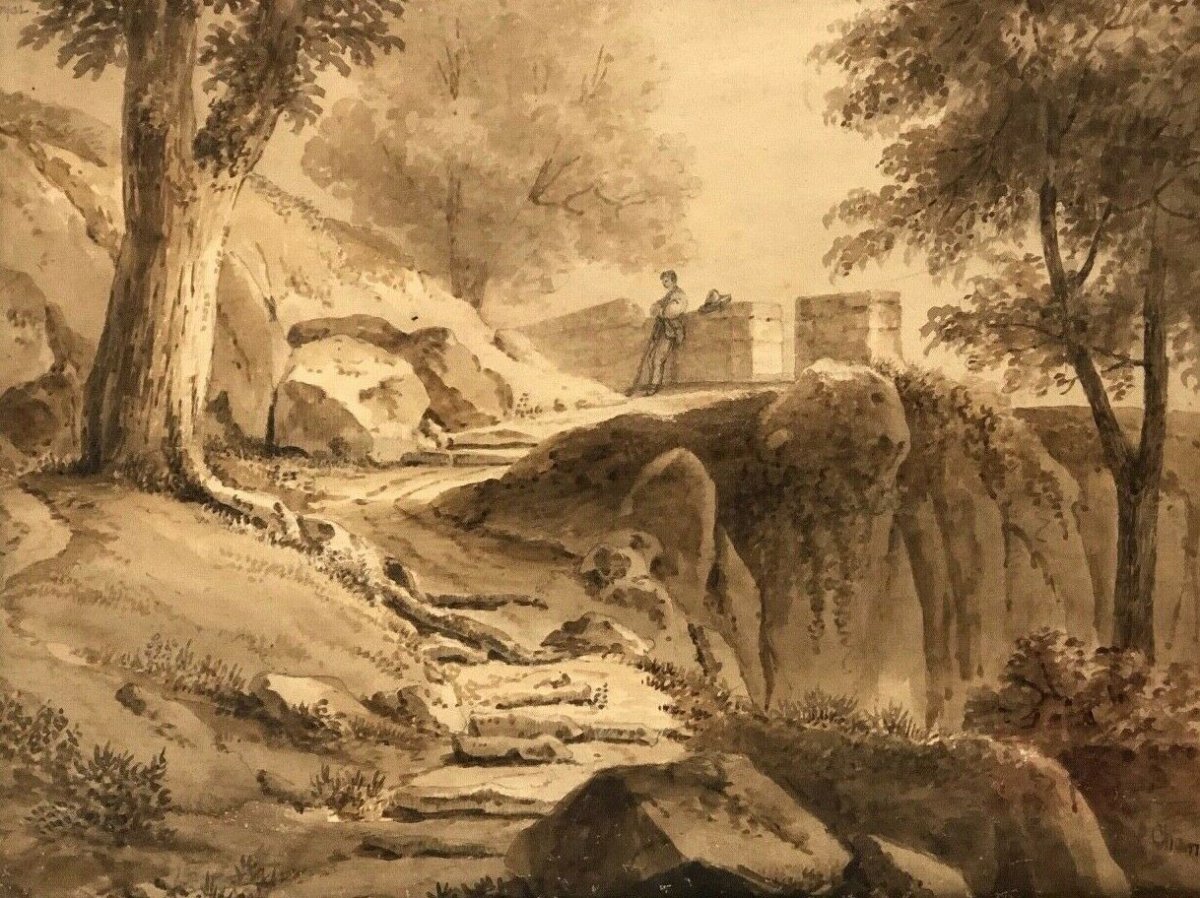
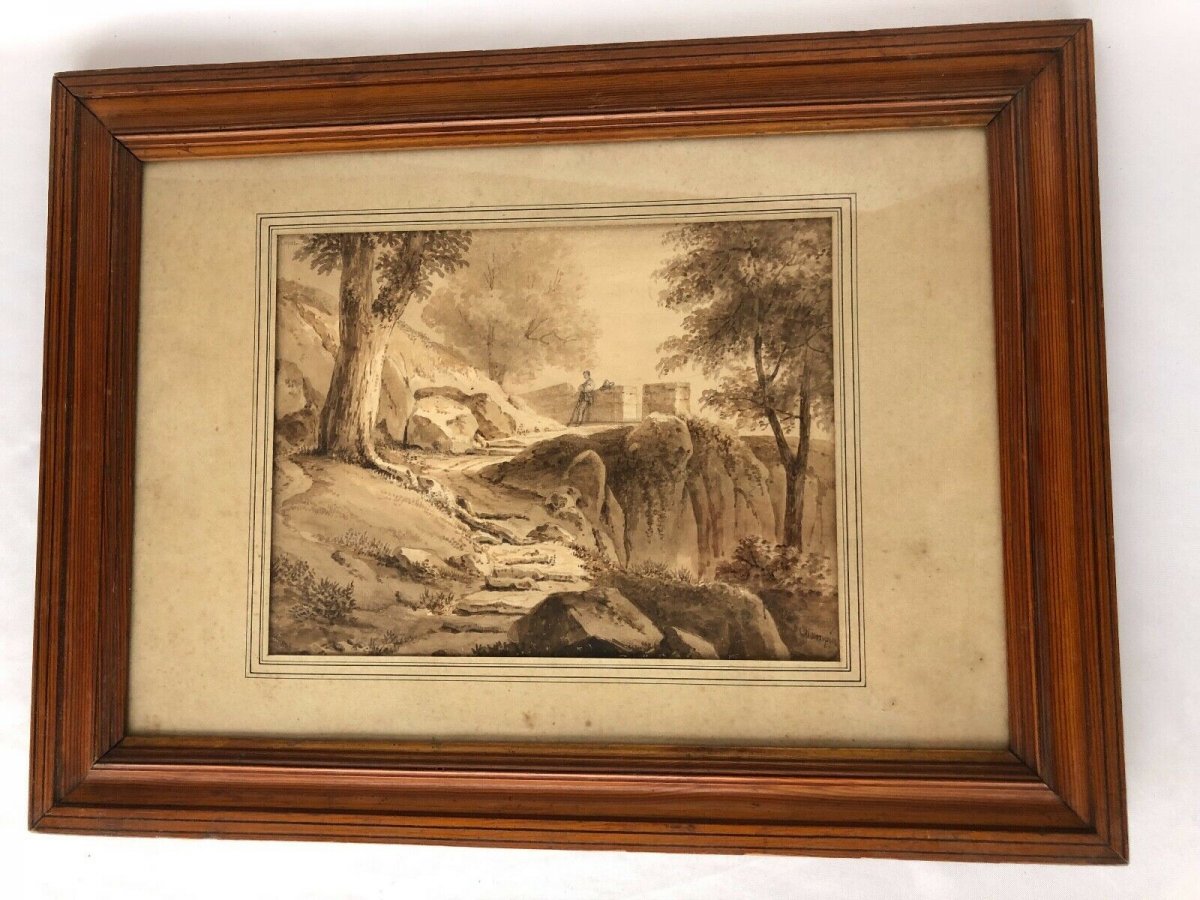
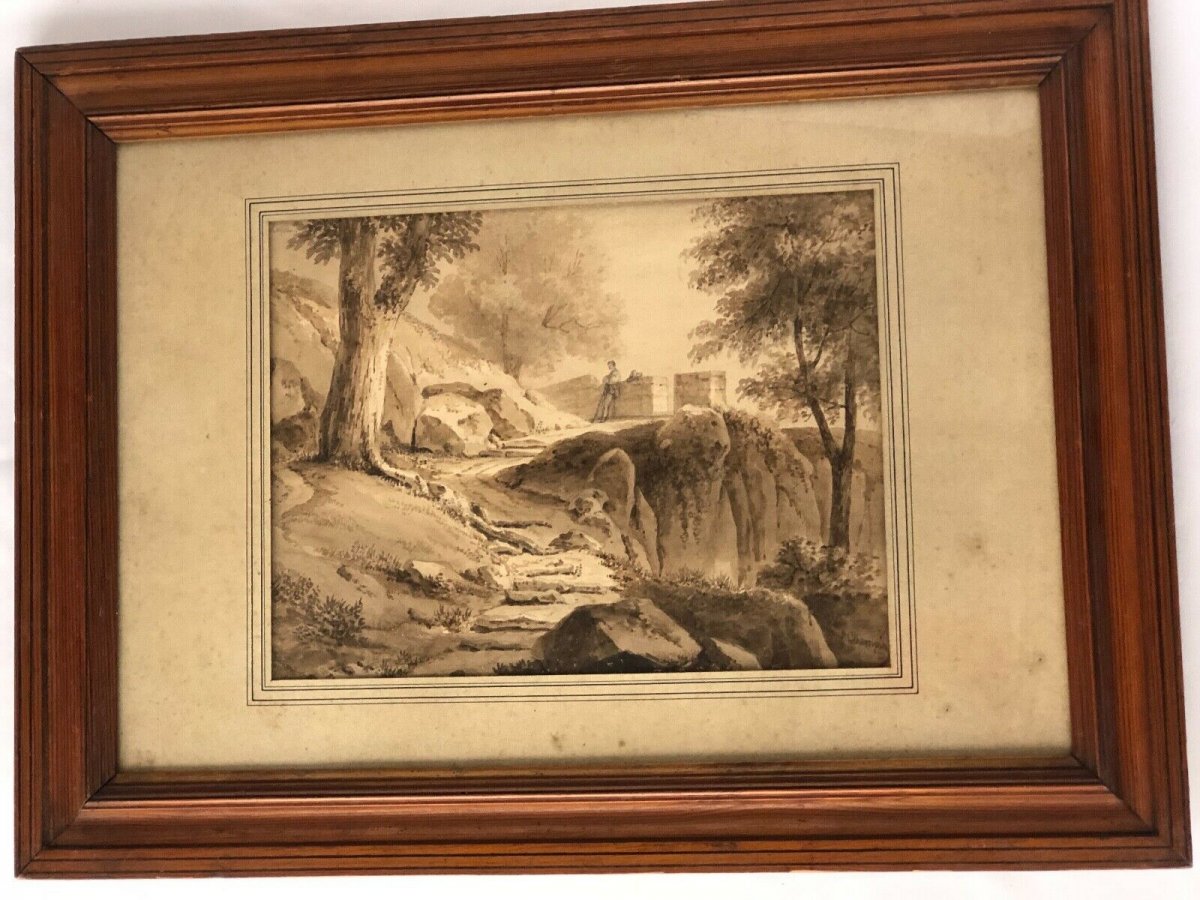
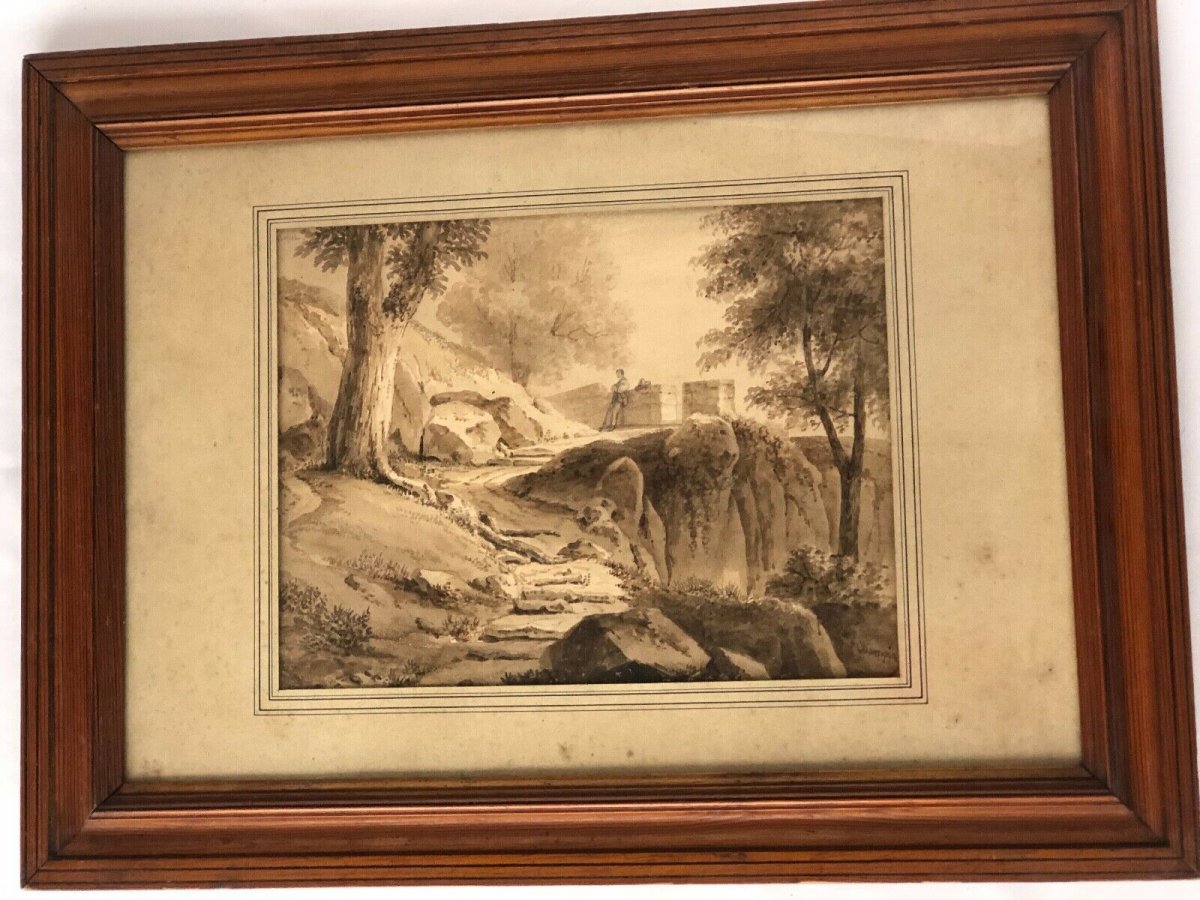

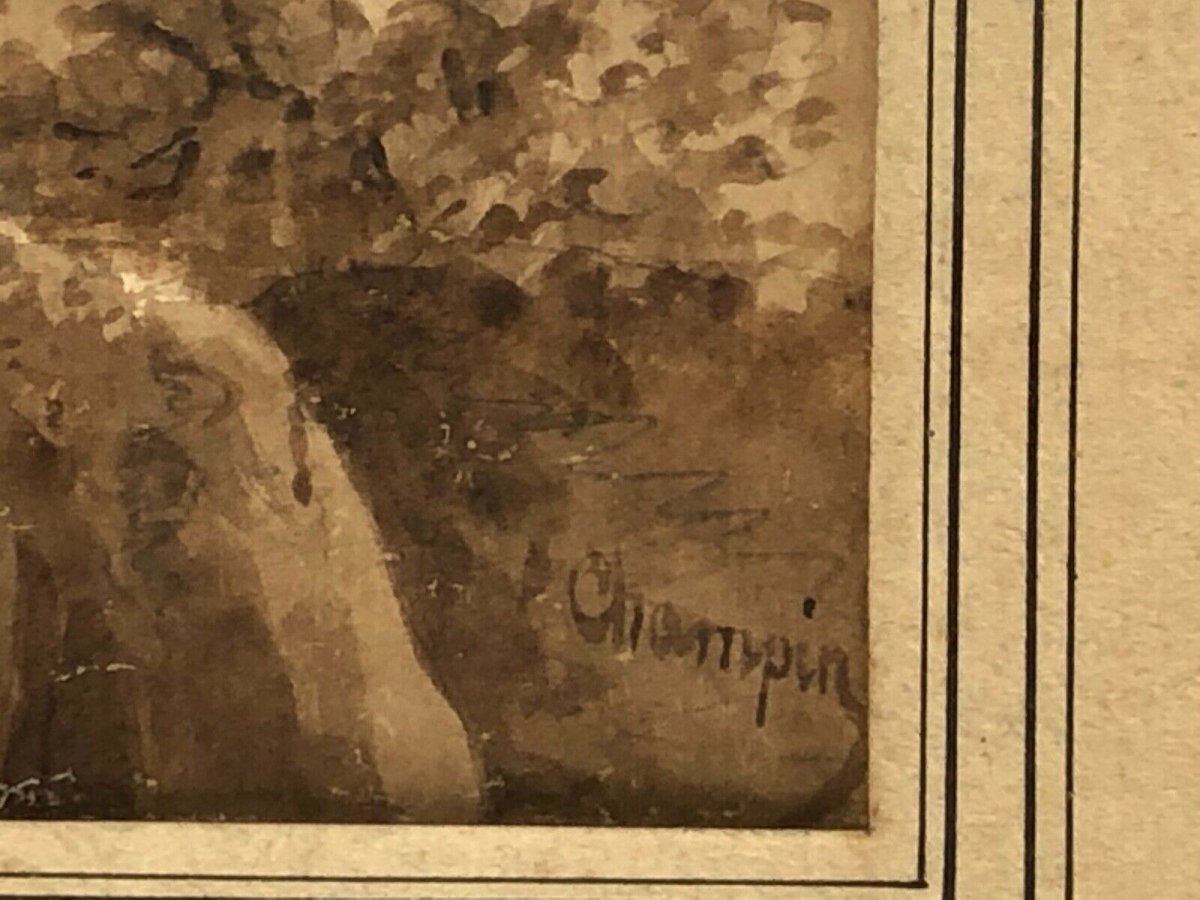
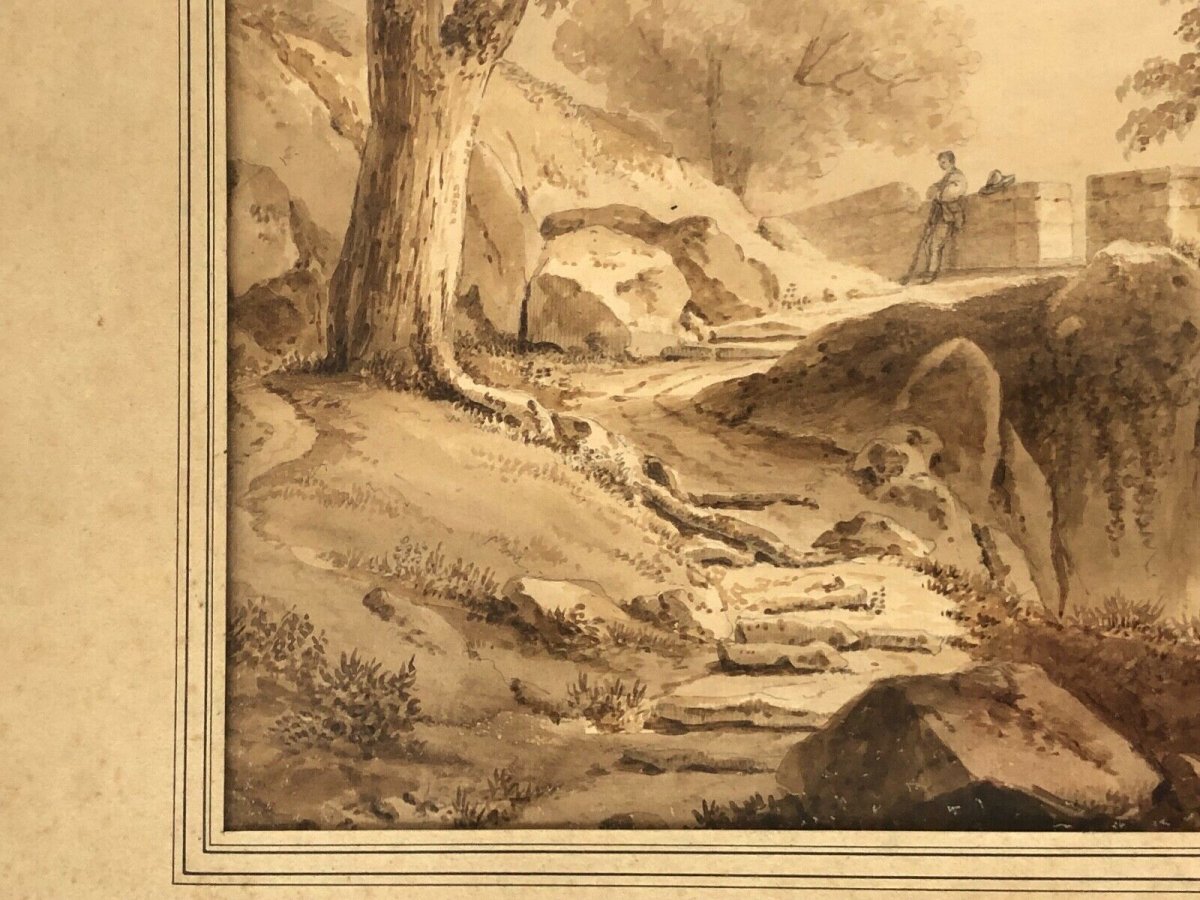
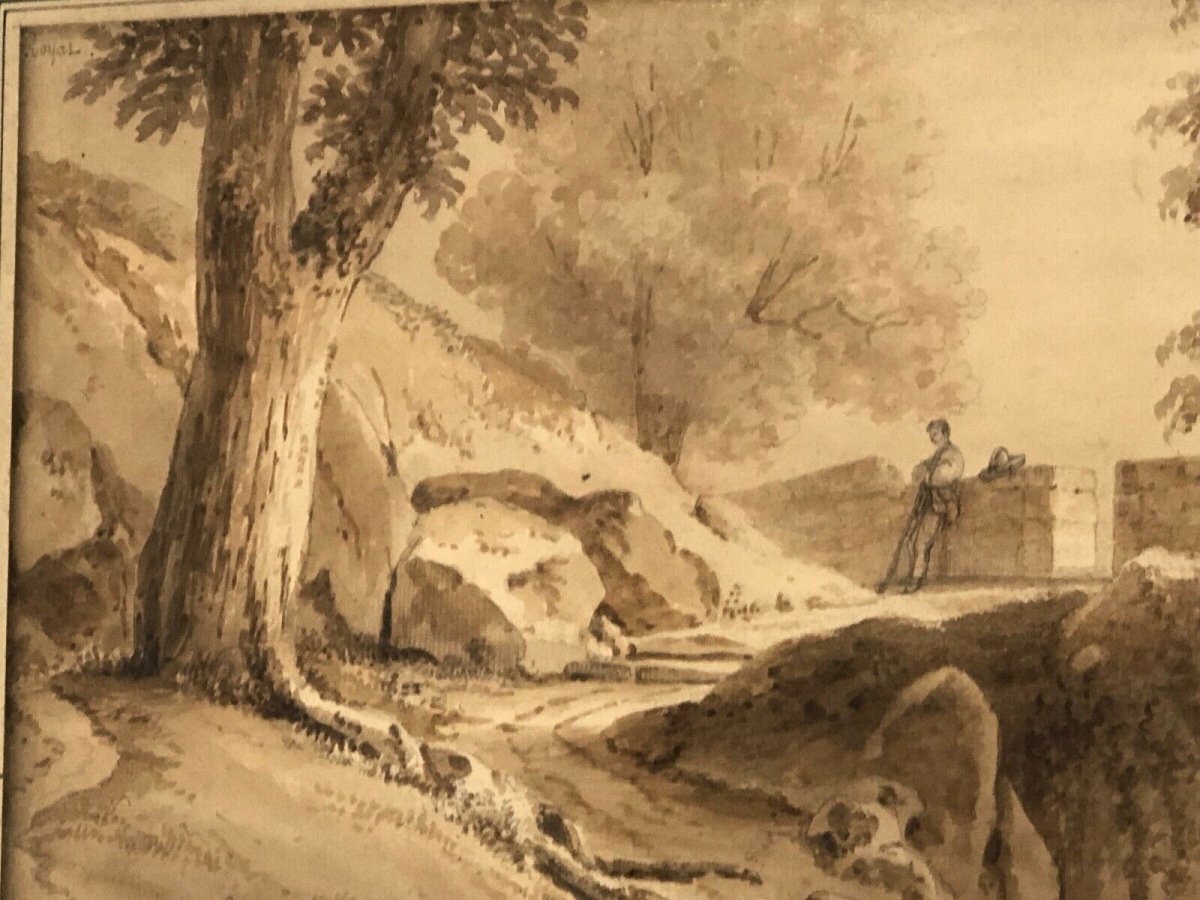
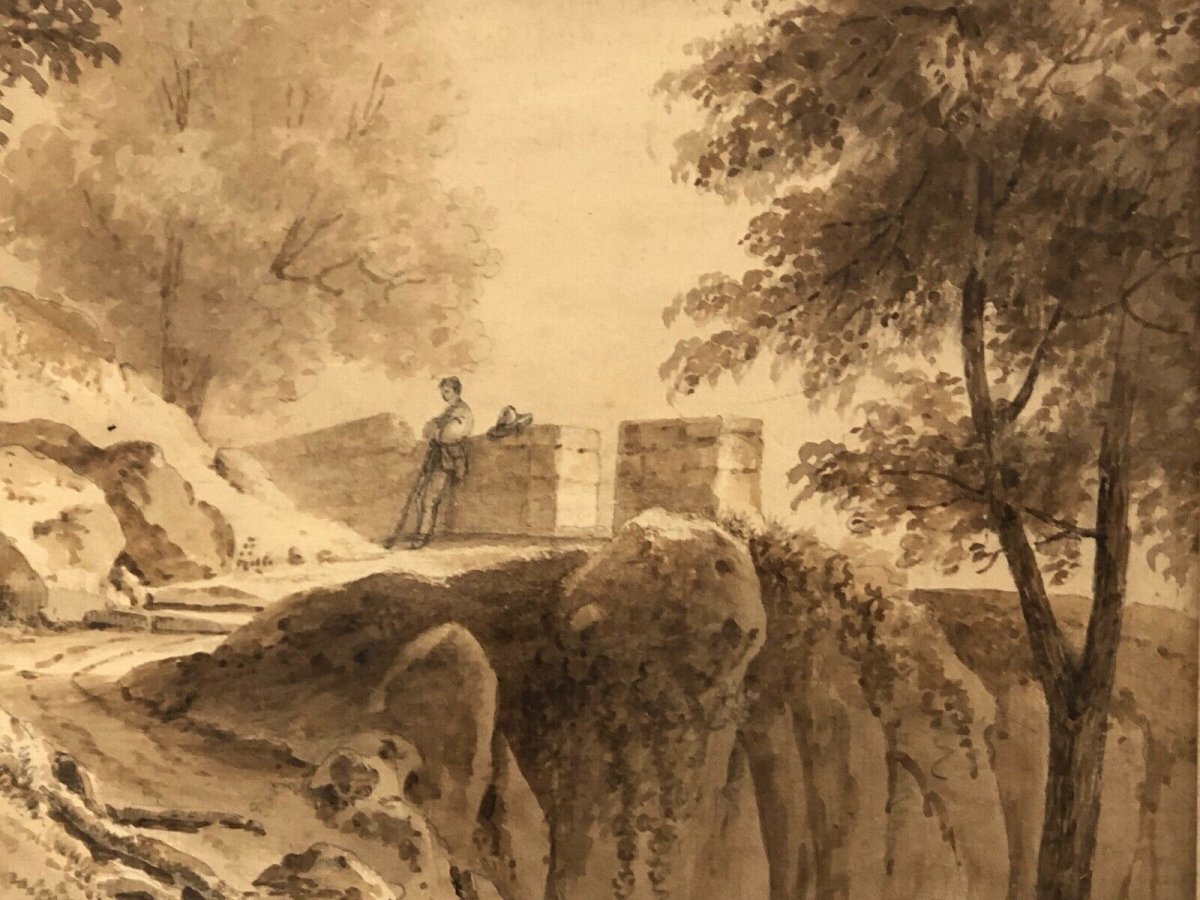
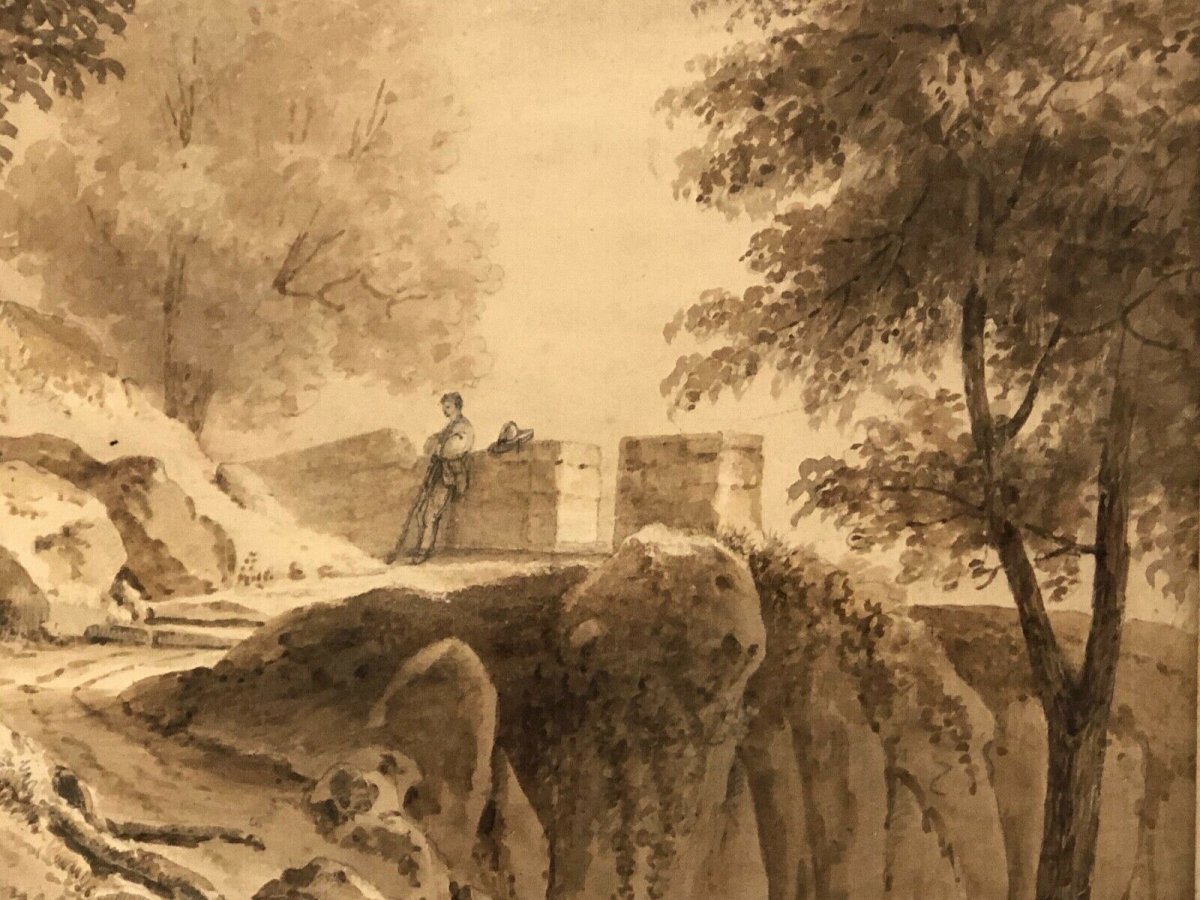
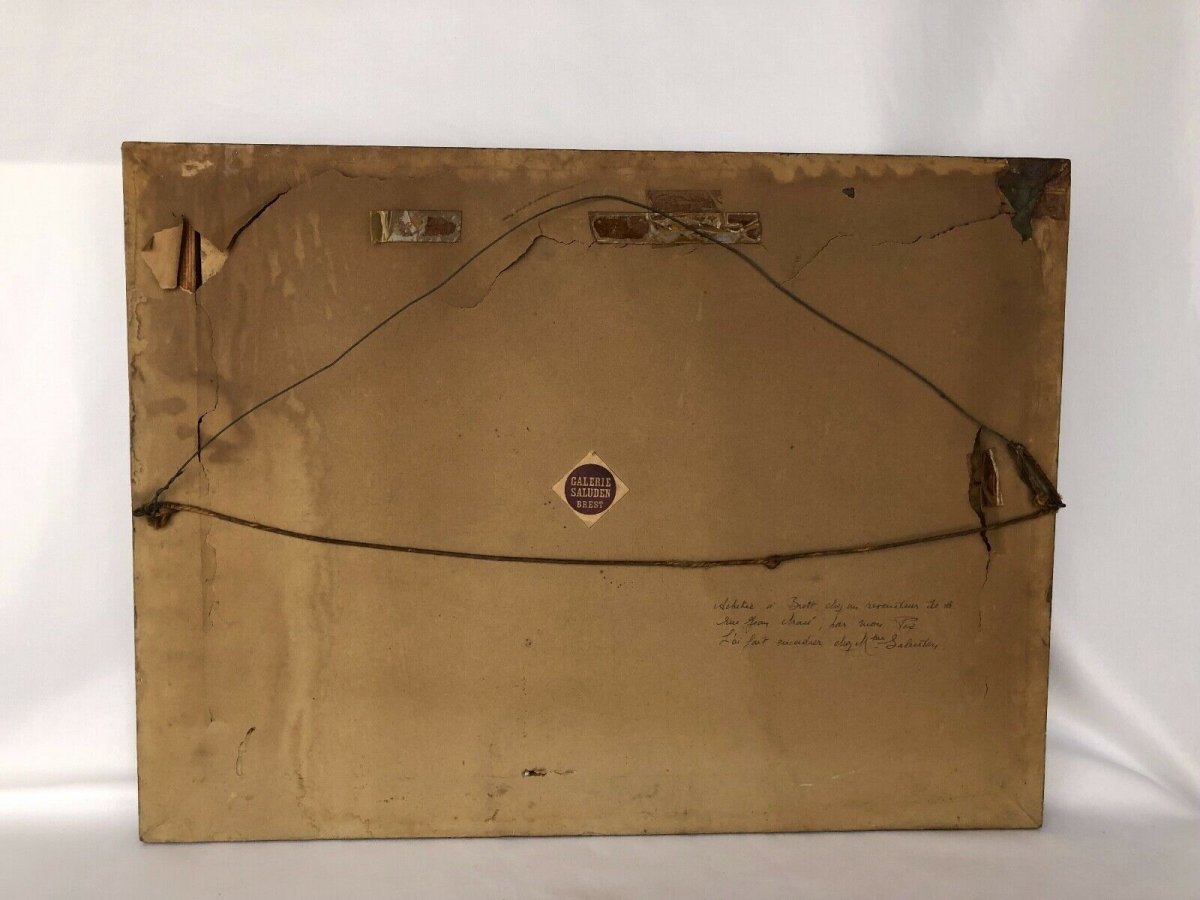
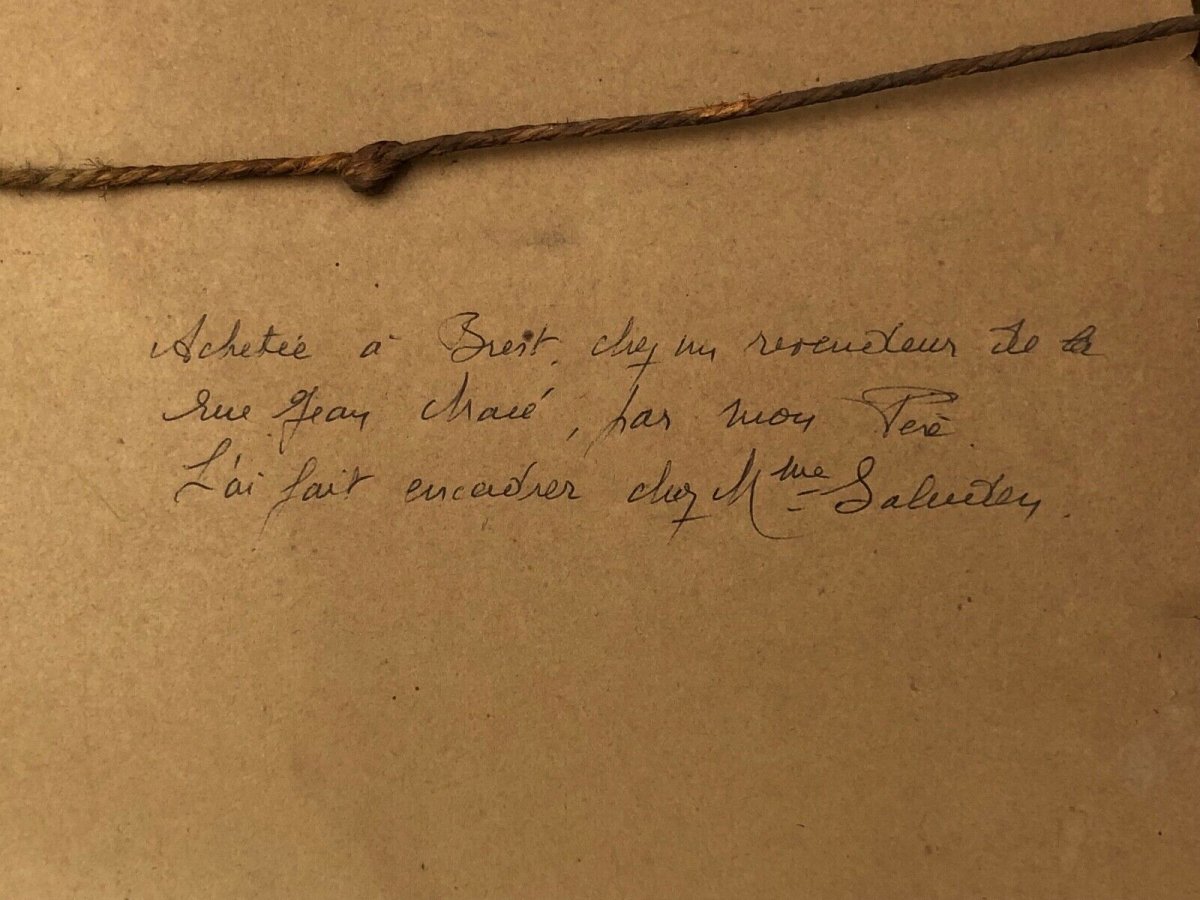




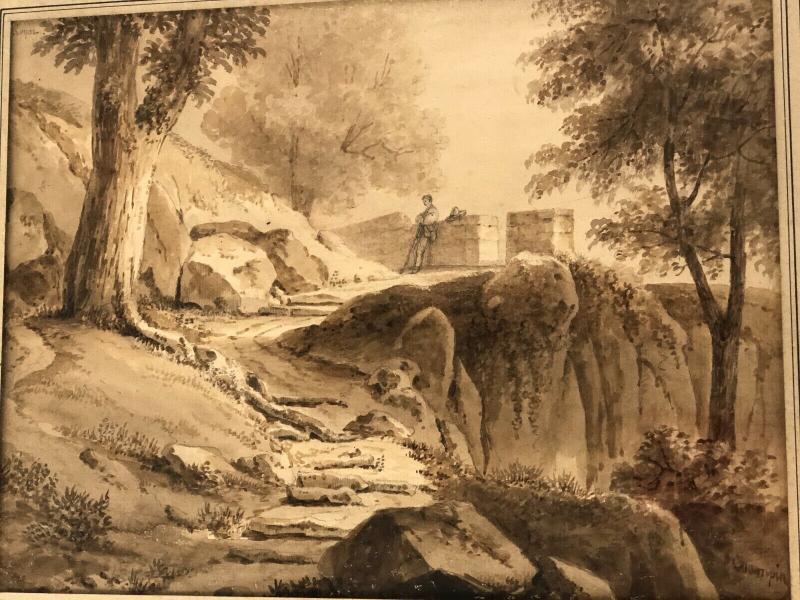








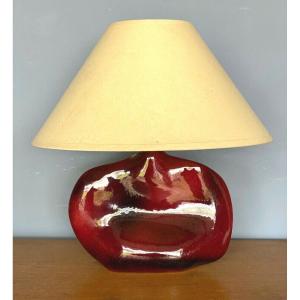




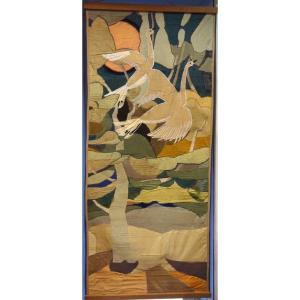

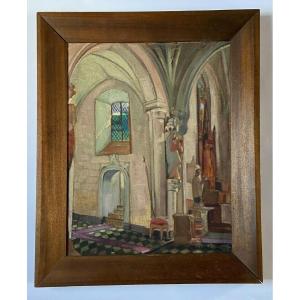


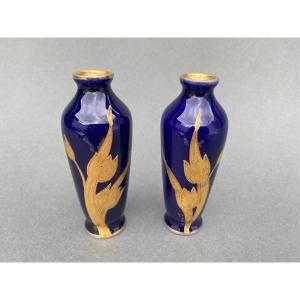

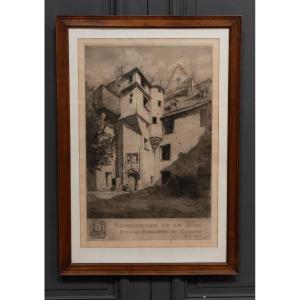

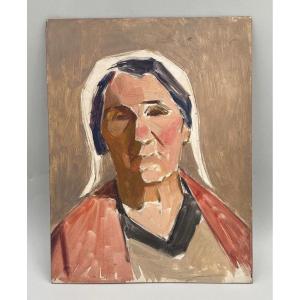

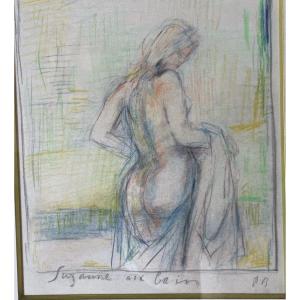







 Le Magazine
Le Magazine Rivista Artiquariato
Rivista Artiquariato TRÉSORS magazine
TRÉSORS magazine